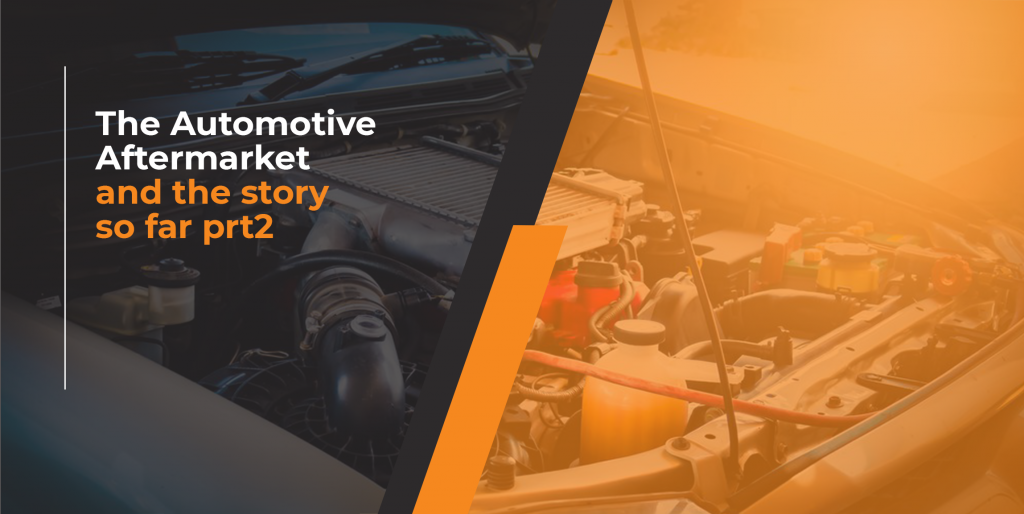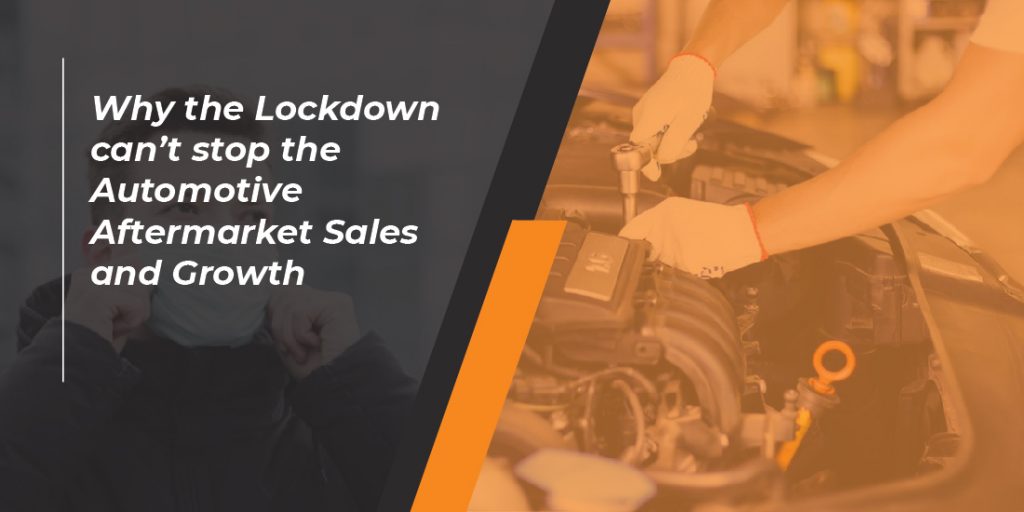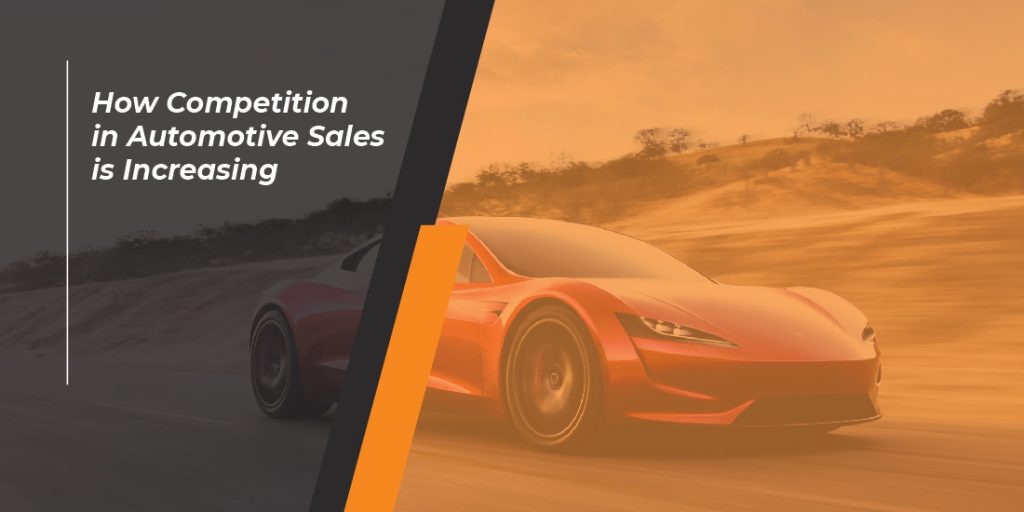With this blog post, we are continuing our article from earlier this year “The story so far in the Automotive Aftermarket”.

Тhe world is slowly but steadily preparing for the phrase “step on the gas” to become meaningless. While the necessity for change is once again proving to be the mother of innovation (check our blog post “Aftermarket vehicle hybridization”) some unpredicted and some predicted challenges arise for many. The most serious challenge facing the industry appears to be the shortage of materials. According to KPMG, fully electric cars are equipped with twice as many chips in value as those running on fossil fuels.
The chips are extremely important components in cars and are used in everything from modern information systems to more basic functions. Depending on the model and all the extras the car can have, you can have hundreds of chips in one car. On top of that, there is the problem of car hacking. This has been on the agenda for several years, especially since modern car systems can be controlled electronically. This makes remote hacking not only a matter of possible car theft, but also compromises the safety of the car in motion. Another modern and serious issue of cybersecurity is the protection of the personal data of the driver, data about the car, its movements and much more.
All this is leading carmakers to take another example from Tesla. The California-based company has been designing its own chips since 2016, allowing it to quickly launch new models and new software features. Volkswagen chief Herbert Diss said the German giant would develop its own chips and autonomous driving software: “Software and hardware must be made by the same hand.” As few have the resources or the tendency to design chips or to develop their own software, Bosch, the world’s largest auto parts maker, is investing 1 billion euros in a factory that will start producing advanced car chips later this year
On top of that, BofA (Bank of America) even expects a shortage of batteries for electric vehicles in 2025. But for everyone using their old trusty car, oil prices from the world’s leading markets have been falling for sixth consecutive months now.
“I’ve been doing this for 28 years and I’ve only seen it twice,” is sharing Daksh Gupta, chief executive of British retailer Marshall Motors. The other time was after the financial meltdown in 2008, when prices rose in 2009 as demand recovered at a faster pace than the industry could.
The demand for vehicles has risen and has been rising since the end of 2020. Consumers with money saved from working at home and the cancellation of vacations are now more than willing to spend. Sports cars and convertibles are doing particularly well, but demand is growing in every category, as many drivers still prefer to avoid public transport.
Visits to the used car dealership site AutoTrader are 39% higher than in 2019 before the pandemic hit. “Everyone thought the accumulated demand would dissipate, but it kept going,” said Ian Plummer, commercial director of AutoTrader.
While all this is happening, car registration history experts carVertical analysed the car market and compiled a list of 10 cars that increased in value during the crisis:
– Alfa Romeo GTV (1993 – 2004)
– Audi V8 (1988 – 1993)
– BMW 540i (1992 – 1996)
– Jaguar XK8 (1996 – 2006)
– Land Rover Defender (Series I, Series II)
– Mercedes-Benz E300, E320, E420 (1992 – 1996)
– Saab 9000 CS Aero (1993 – 1997)
– Toyota Land Cruiser (J80, J100)
– Volkswagen Corrado VR6 (1991 – 1995)
– Volvo 740 Turbo (1986 – 1990)
In the UK, a one-year-old Audi A3 today costs £1,300 more than the equivalent model a year ago, with prices going up by 7%. At the same time, the price of Mazda MX5 sports cars has increased by 50%. At the moment, car parts factories appear to be the largest new employer in the sector. Their productivity is still low no matter the fact that “products of the automotive industry” are up to 106.6 points (on a 100-point scale, according to the World Trade Organisation on August 18, 2021).
So, what does this mean for the aftermarket? New car increases will eventually filter through to an increase in demand for aftermarket parts, tools and accessories, especially in the hybrid and EV categories. There will be a lot of business for the aftermarket for many years to come, but the industry will have to become flexible between servicing a combustion engine and an electric sector. It is still not confirmed if electric aftermarket parts will have a similar split between professional and enthusiasts sourcing these parts for maintenance. With the rapid pace of climate change and governments pushing to change the types of vehicles sold this will have a knock-on effect on the aftermarket.
Those that embrace change will be the winners.
To find out more about the automotive aftermarket, or for a no-obligation introductory discussion, please contact us.
More from us










